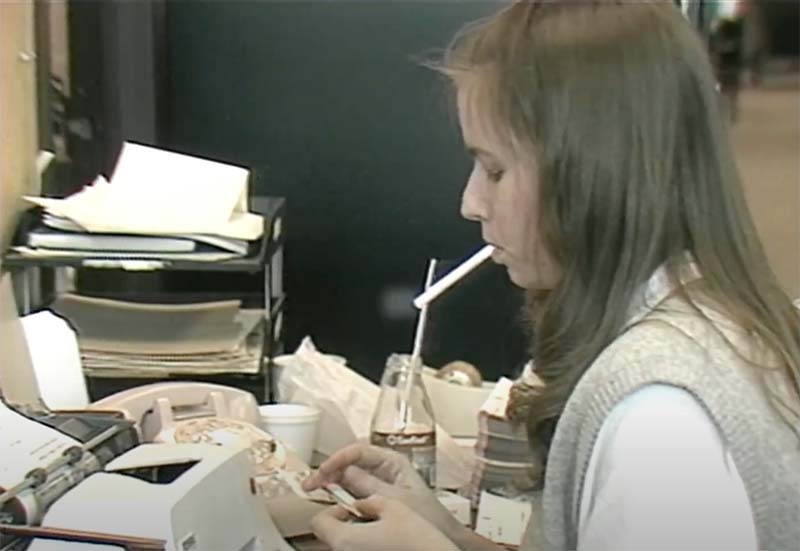Attitudes towards secondhand cigarette smoke changed as awareness of the harm grew. There’s a precedent to be found for wood smoke.
Government supported the industry
The US government, as well as governments in other parts of the world, continued to support the tobacco industry until long after cigarette smoke was known to be harmful.
According to historian Sarah Milov, “For most of the 20th century, the federal government was regulating on behalf of tobacco and, in many ways, against consumer protection from tobacco.”
Nonsmokers’ rights were being violated
According to Milov, “What really changes the tide was the idea that nonsmokers had rights that were being violated in the public sphere.”
Everyday people grew increasingly fed up with being forced to breathe smoke-filled air and organized, eventually leading to changes in attitudes and policies around the world.
A 1985 news segment on the Canadian Broadcasting Corporation gives us an example of these evolving attitudes. A newspaper publisher in Ontario had banned smoking in the office—a move so “very radical,” it made the national evening news.
According to the CBC, “publisher Michael Davies was unfazed by charges by tobacco companies and some of his employees that he’d usurped a natural right.” Said Mr Davies:
I think the right is the right to clean air, and the right to fresh air by everyone, and the right to pollute somebody else’s air is the unnatural thing.

The “inherent inequity” of wood burning
In a report on wood heating policy in the Australian Capital Territory, the ACT’s Commissioner for Sustainability and the Environment noted:
Recent studies indicate that the health risks of wood heaters are comparable to passive smoking.
They pointed out that the majority of the population do not, in fact, heat with wood, and that this “further underpins the inherent inequity” of policies that prioritize “the rights of a small proportion of people to burn wood” over the health impacts on everyone else.





